- Introduction
- Understanding DTF Technology
- Understanding DTG Technology
- Comparative Analysis
- The Advantages of DTF Transfer
- Tips for Choosing Printing Technology
- Conclusion
Introduction
Welcome to the captivating world of digital textile printing, where every pixel counts and every detail tells a story. Today, we invite you to explore the nuances of two giants of this booming industry: DTF transfer and DTG printing. Get ready to dive into an experience where precision and creativity come together to give birth to exceptional textile works of art. Understanding DTF Technology First things first. DTF transfer, or "Direct To Film", is a method that has been making a lot of noise lately. Imagine a printer capable of depositing special inks directly onto the transfer film, ready to be applied to the textile. The precision of the printing? Crazy. The details? Breathtaking. No wonder "DTF transfer" is on everyone's lips!
The Magic of "Direct To Film"
DTF transfer is a bit like a printer's magic wand. The main idea? A clever printer that deposits special inks with surgical precision directly onto the transfer film. This film, like a blank canvas, becomes the ultimate messenger between the ink and the textile.
Special Inks for a Unique Result
What distinguishes DTF transfers are the special inks used. These pigments are formulated to offer perfect adhesion to the fabric, ensuring exceptional durability of the prints. Imagine vibrant colors that valiantly resist the ravages of time and washing.
A Transfer Film, Your Virtual Canvas
The transfer film becomes the conductor of this printing ballet. Ready to be applied to the textile, it holds the promise of a faithful reproduction of the smallest details. The patterns come to life with an almost disconcerting clarity.
Dazzling Precision
If printing precision were an Olympic competition, DTF transfer would win the gold medal for sure. Each pixel is placed with almost obsessive meticulousness, offering results that exceed the most demanding expectations.
Details, These Unsung Heroes
Let's talk about details, the unsung heroes of printing. DTF transfer brings them to the fore, magnifies them. Every fold in a texture, every nuance of a color is reproduced with astonishing fidelity. Details are no longer subtleties, but elements in their own right of the final work.
The "DTF Transfer" on Everyone's Mouths
Faced with such technological prowess, it is not surprising that the "DTF transfer" is on the lips of all textile printing professionals. It is much more than a fleeting trend; it is an artistic and technical revolution that is redefining industry standards.
In conclusion, a thorough understanding of DTG technology reveals a world where precision and detail reign supreme. Direct to Film transcends the boundaries of digital textile printing, offering an artistic experience that exceeds all expectations. Ready to dive into this new era of textile customization?
Understanding DTG technology
DTG, or direct-to-garment printing, is a revolutionary technology in the field of digital printing. Let's delve into the details of this innovative method.
How DTG works:
DTG works by using a special printer that deposits ink directly onto the textile, similar to printing on paper with an inkjet printer. This technique allows for precise reproduction of designs on a wide variety of fabrics, offering exceptional print quality.
Special Inks:
The inks used in DTG are specially formulated to adhere effectively to textile fibers while offering bright and long-lasting colors. They pass through the fibers of the fabric, guaranteeing a uniform and wash-resistant print.
Design Flexibility:
One of the main strengths of DTG is its ability to print complex and detailed designs with great precision. This allows for total customization of textiles, from high-resolution photos to sophisticated artistic designs.
Speed and Efficiency:
DTG offers fast and efficient printing, making it an ideal solution for small runs or on-demand orders. It also allows for the rapid production of prototypes and samples, which is particularly advantageous in the fashion industry.
Adaptability to Different Textiles:
DTG can be used on a wide variety of textiles, including cotton, polyester and fabric blends. This versatility makes it an attractive option for printers looking to diversify their product range.
Impact on the Industry:
DTG printing has revolutionized the textile industry by offering an efficient and cost-effective alternative to other traditional printing methods. It allows for unprecedented customization and opens up new creative possibilities for designers and clothing brands.
Comparative Analysis: DTF vs. DTG
| Aspects | DTF (Direct-To-Film) | DTG (Direct-To-Garment) |
|---|---|---|
| Printing precision | Extremely precise with sharp details | Precise, but may be limited on complex textures |
| Speed of execution | Fast, ideal for large volumes | Fast for small runs, but slower for large volumes |
| Customization | Allows for advanced customization and special effects | Advanced customization, but may be limited on certain surfaces |
| Costs | Higher initial cost, but lower consumables costs in the long term | Lower initial cost, but higher consumables costs in the long term |
Printing precision:
- DTF (Direct-To-Film): DTF offers extreme precision in printing, with impressively sharp details. Each pixel is placed with surgical precision, offering high-quality results.
- DTG (Direct-To-Garment): Although DTG is precise, it can have limitations when printing complex textures. The details may sometimes not be as sharp as those obtained with DTF.
Speed of execution:
- DTF (Direct-To-Film): The DTF process is fast, making it an ideal option for high-volume production. Prints can be produced quickly and efficiently.
- DTG (Direct-To-Garment): DTG is fast for small runs, but can be slower for high-volume production. The need to print directly on each item can slow down the process.
Media flexibility:
- DTF (Direct-To-Film): DTF is very flexible in terms of media. It can be used on a variety of textiles as well as other surfaces, offering great versatility.
- DTG (Direct-To-Garment): DTG is mainly suitable for textiles. Although it can be used on a range of fabrics, it may have limitations when it comes to other surfaces.
Customization:
- DTF (Direct-To-Film): DTF allows for advanced customization with the ability to add special effects and intricate details. It offers great artistic freedom in print design.
- DTG (Direct-To-Garment): DTG also offers advanced customization, but it can encounter limitations on certain surfaces or textures. However, it still allows for a wide variety in print design.
Costs:
- DTF (Direct-To-Film): The initial cost of DTF equipment may be higher, but it tends to have lower long-term consumable costs.
- DTG (Direct-To-Garment): The initial cost for DTG equipment is generally lower, but long-term consumable costs, such as inks and consumables, can be higher.
In conclusion, the choice between DTF and DTG will depend on specific production needs, the nature of the printing projects and individual preferences in terms of quality, speed and flexibility. Each method has its advantages and limitations, and it is important to carefully weigh these factors when making a decision.
The Advantages of DTF Transfer
Now that we've taken a deep dive into DTF technology and compared its strengths with direct printing, let's explore the indisputable advantages of DTF transfer in detail. Fasten your seatbelts, because this could well change the way you look at textile printing.
Precision
DTF transfer is uncompromising when it comes to precision. Each pixel is a piece of the puzzle that contributes to creating a work of art. The sharpness of the details is such that even the most complex patterns stand out with exceptional clarity. DTF transfer guarantees exceptional print quality.
High Definition Details
The details are not just present, they are in high definition. The textures, the nuances, every subtlety is reproduced with a fidelity that exceeds expectations. In the world of DTF transfer, details are the unsung heroes that transform a simple print into a captivating work of art.
Customization
One of the great strengths of DTF transfer lies in its ability to personalize a wide range of consumables. Whether you are working on t-shirts, caps, bags or other media, DTF transfer adapts and allows you to give free rein to your creativity. Each consumable becomes a blank canvas ready to welcome your artistic signature.
Versatility of media
DTF transfer is not limited to one type of textile. Its versatility extends to various media, from cotton to polyester and other materials. This flexibility broadens creative horizons, giving designers and printers the freedom to explore new ideas and respond to a variety of requests.
It is an artistic and technical experience that offers exceptional quality, customization and flexibility. If you are looking to push the boundaries of textile printing, DTF transfer is your go-to ally. Ready to turn your ideas into reality?
Learn more about DTF with our detailed DTF printing guide.
Advice on Choosing a Printing Technology (DTF vs. DTG)
Now that you are well informed, how do you make the crucial choice between DTF transfer and screen printing? Needs analysis, budget considerations, and personalized recommendations - we guide you step by step to the best decision.
| Aspects to Consider | DTF Transfer | Direct to Garment (DTG) Printing |
|---|---|---|
| Accuracy and Detail | Detailed reproduction with high definition | Good accuracy, but can be limited on complex details |
| Speed of Execution and Productivity | Lightning fast, ideal for large volumes | Fast, but can be slower than DTF for some projects |
| Flexibility and Adaptation to Different Media | Versatility on a variety of media | Mainly suitable for textiles, limitations on other media |
| Budget Considerations and Long-Term Costs | Initial investment, but long-term benefits | Initial investment with maintenance and consumables costs |
| Training and Maintenance Costs | May require initial training, but relatively simple maintenance | Requires training, and maintenance can be more complex |
| Recommendations for Optimizing Use | Take advantage of the expertise of DTF consumables suppliers | Choose quality inks and follow the manufacturer's recommendations |
Conclusion
After carefully examining the differences between direct-to-film (DTF) and direct-to-garment (DTG) printing, it is clear that each method has its own advantages and limitations. DTF offers exceptional precision and high speed of execution, making it an attractive choice for projects requiring complex details and large volumes. In addition, its flexibility in terms of media and its advantageous long-term costs make it a viable option for many applications.
On the other hand, DTG also excels in certain areas, offering good precision and advanced customization for textiles. Although it can be slower than DTF for certain projects and has limitations on substrates other than textiles, DTG remains a popular option for its versatility and ease of use.
Ultimately, the choice between DTF and DTG will depend on specific production needs, individual preferences in terms of quality, speed and flexibility, as well as budgetary constraints. It is essential to take all these factors into account when making a decision in order to select the most suitable printing technology for each project. Whether for complex details and volume production with DTF, or for advanced customization and versatility with DTG, both methods offer effective solutions to meet the varied demands of modern printing.

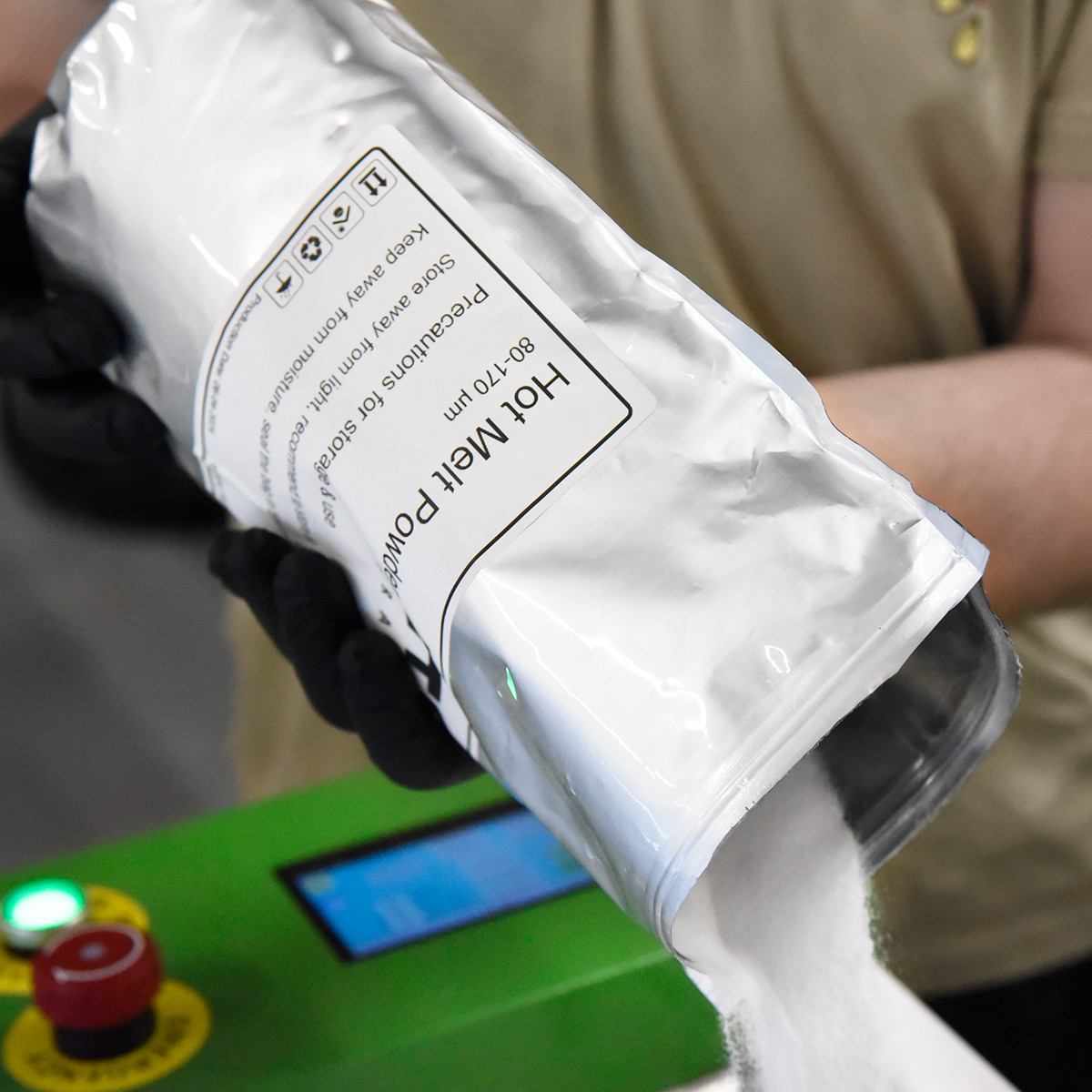
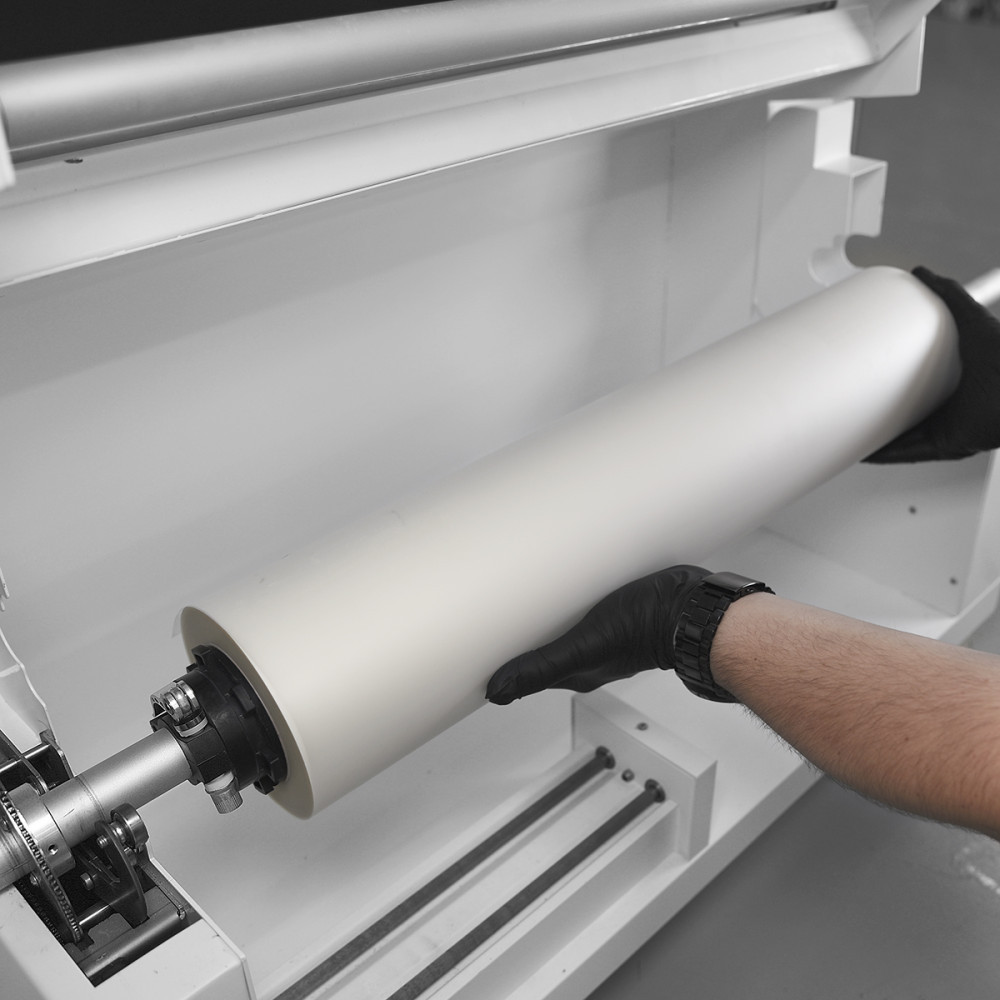
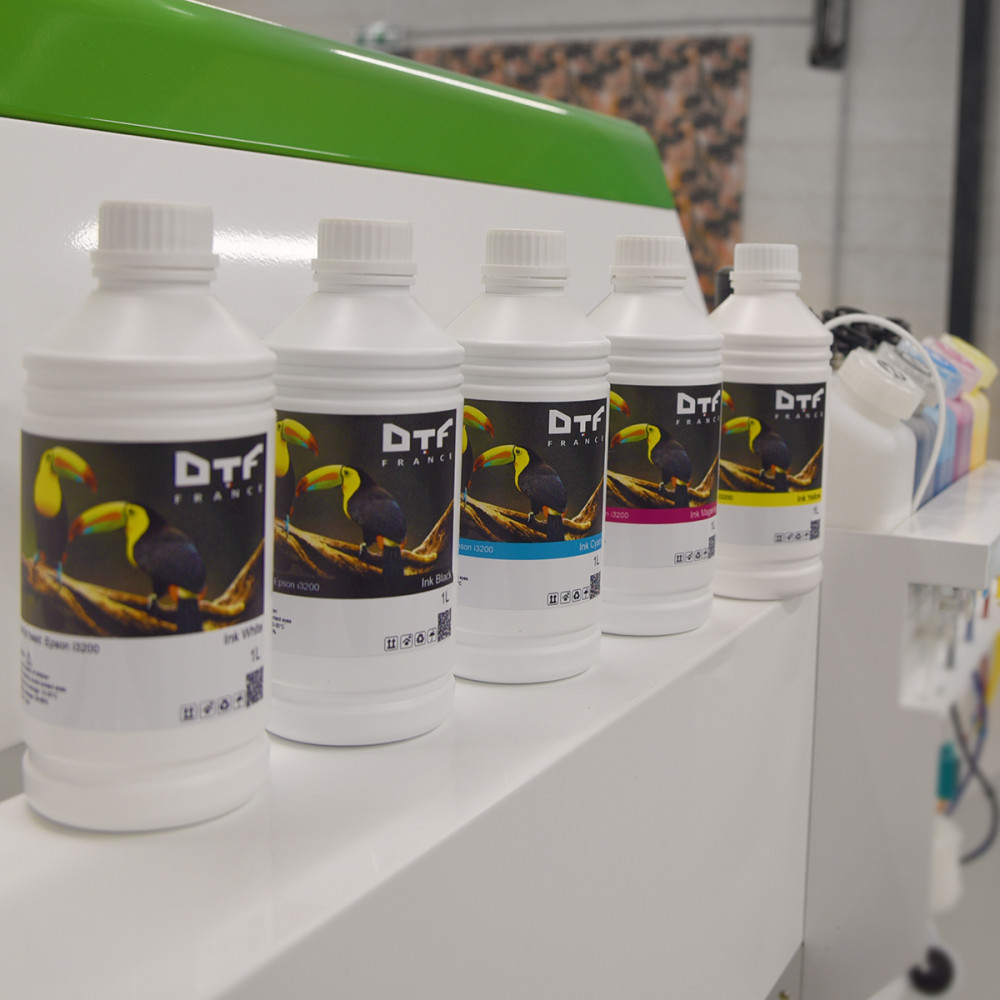


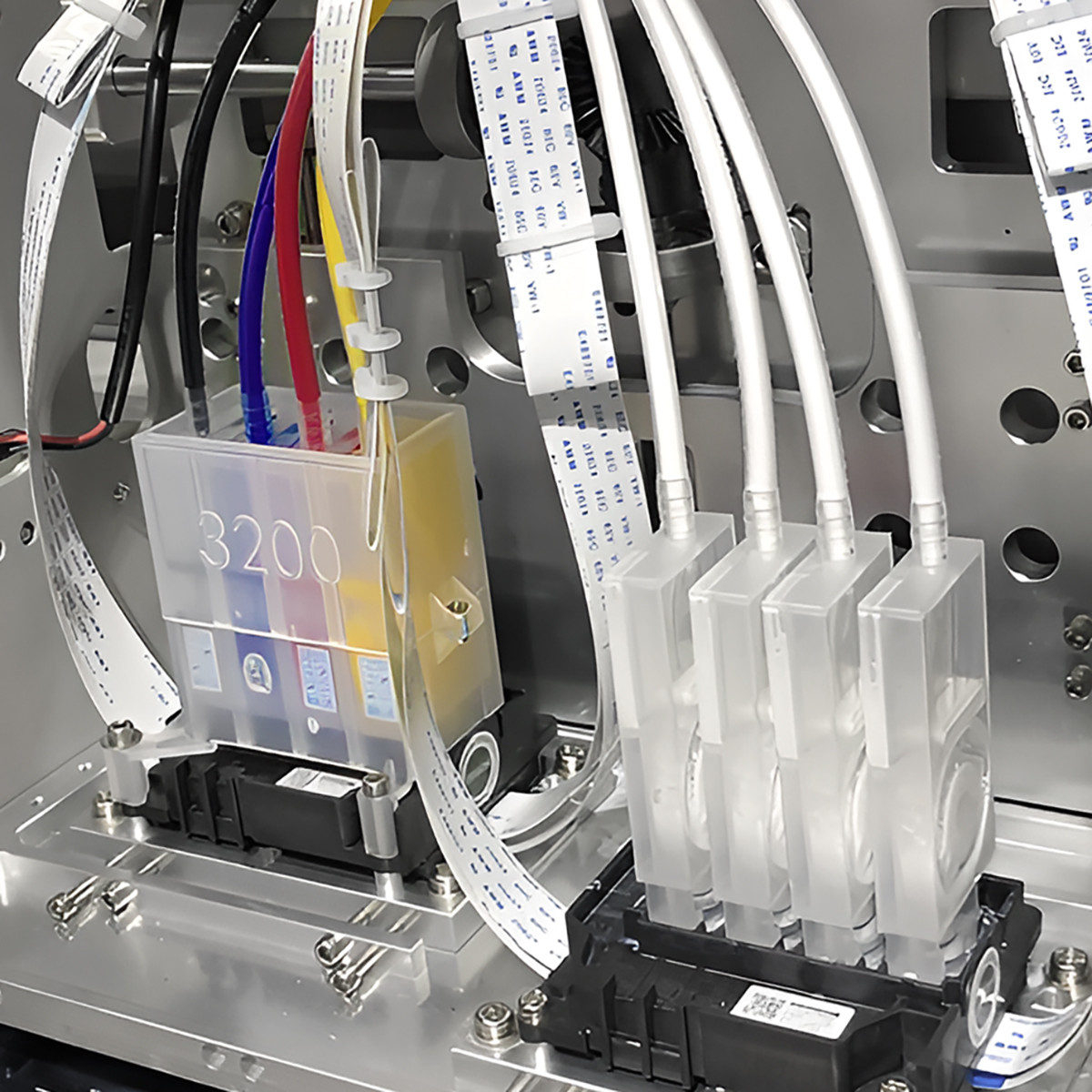
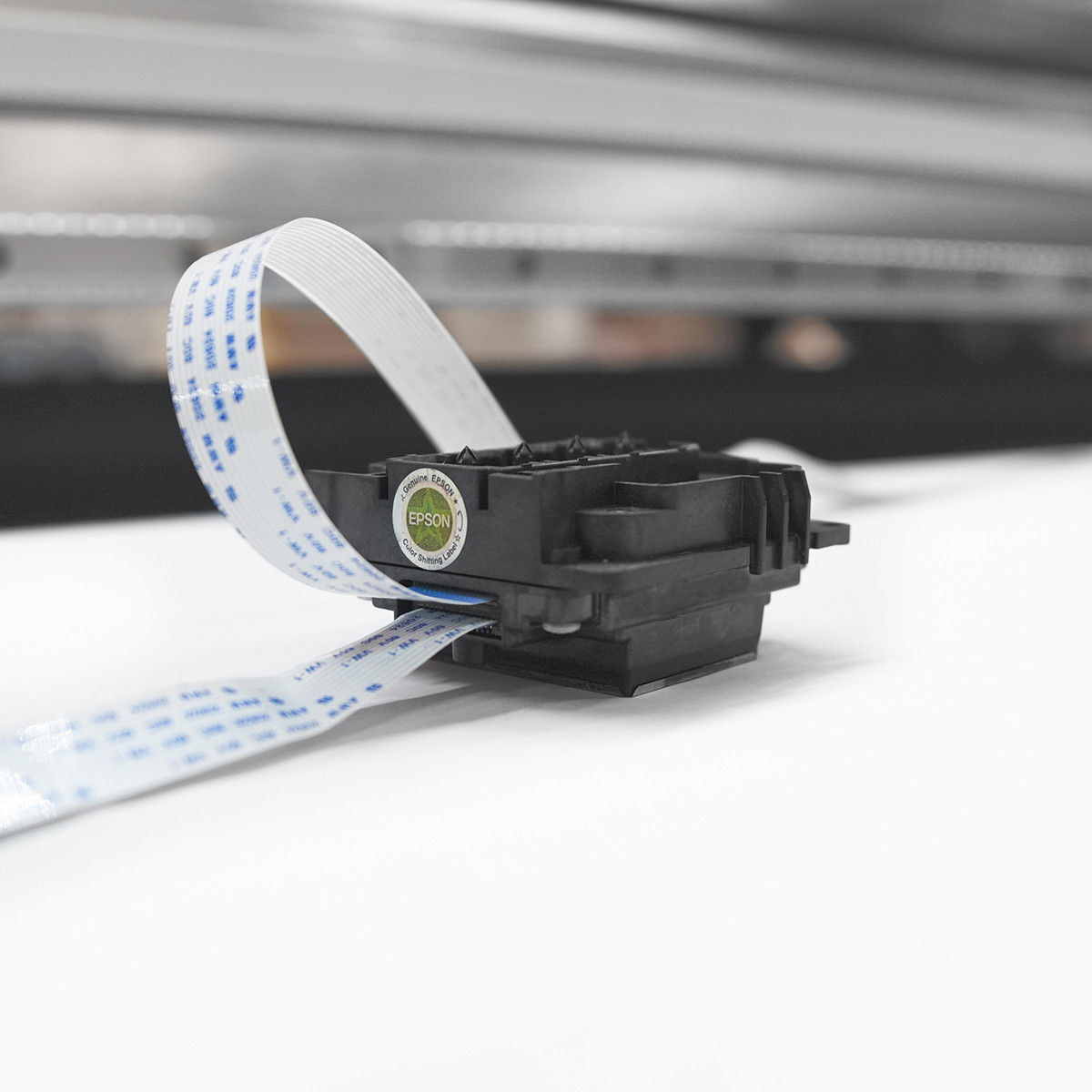
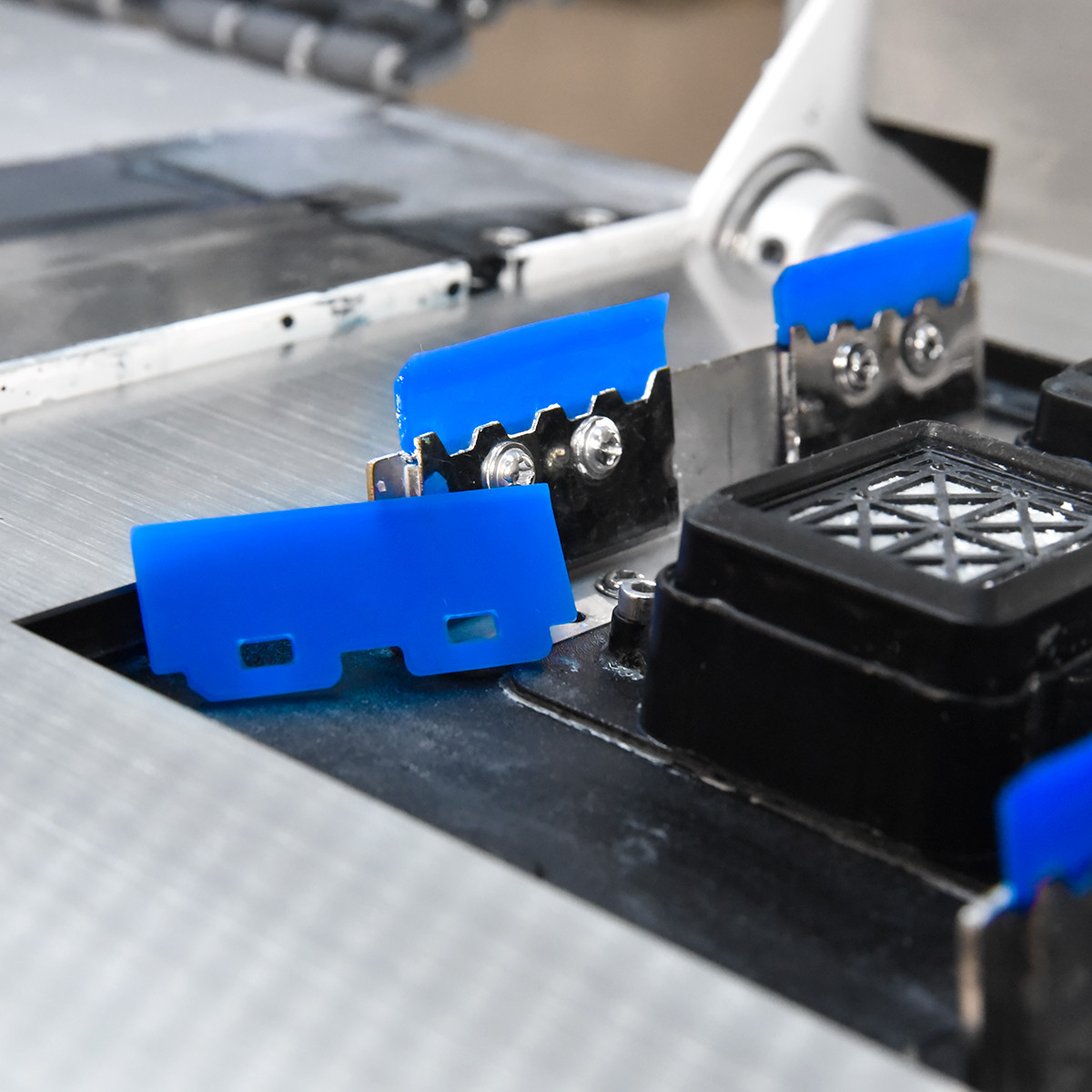


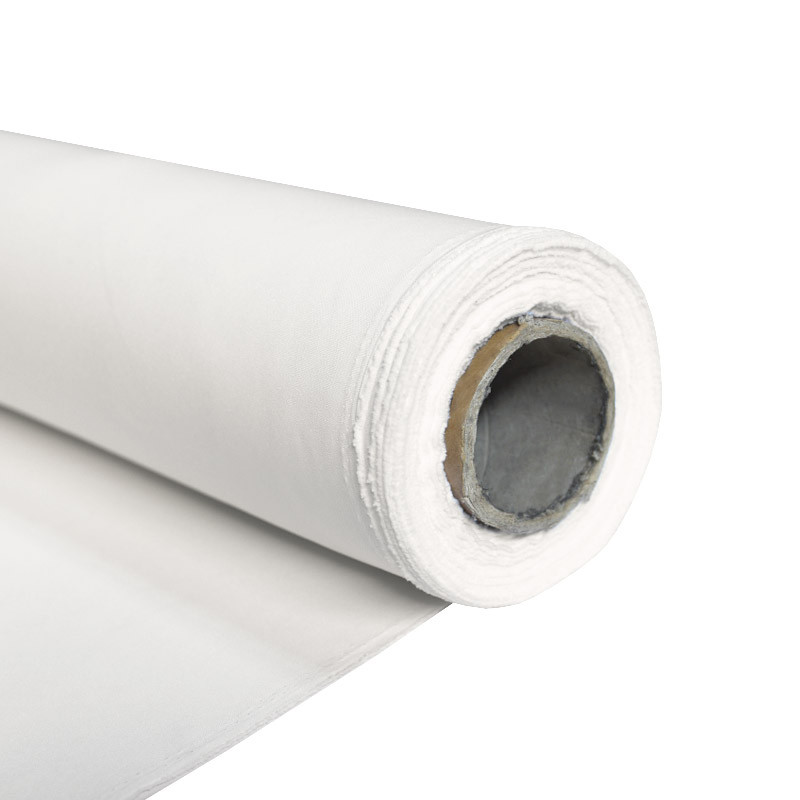
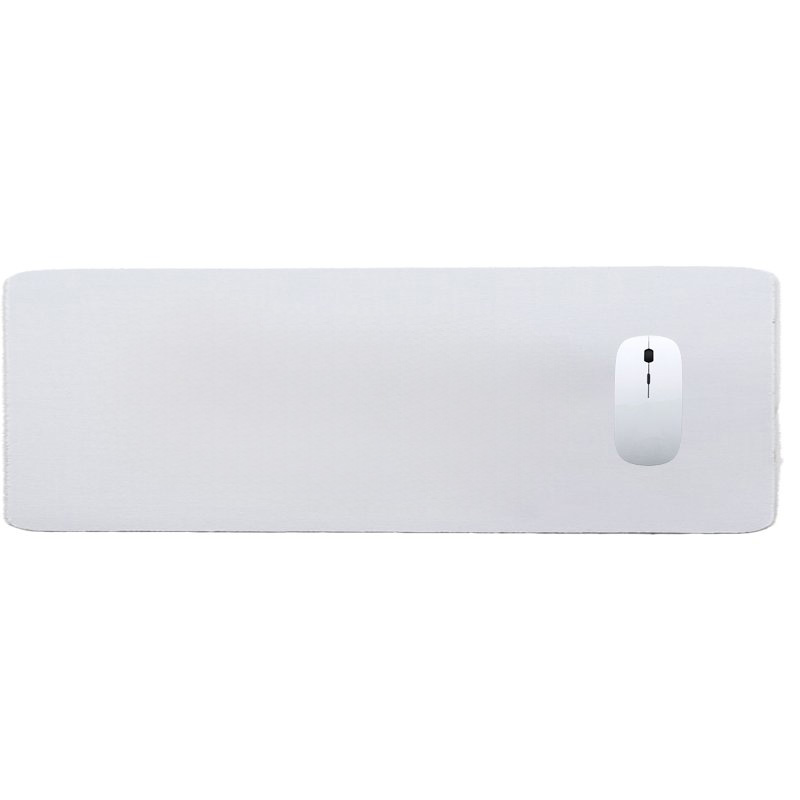
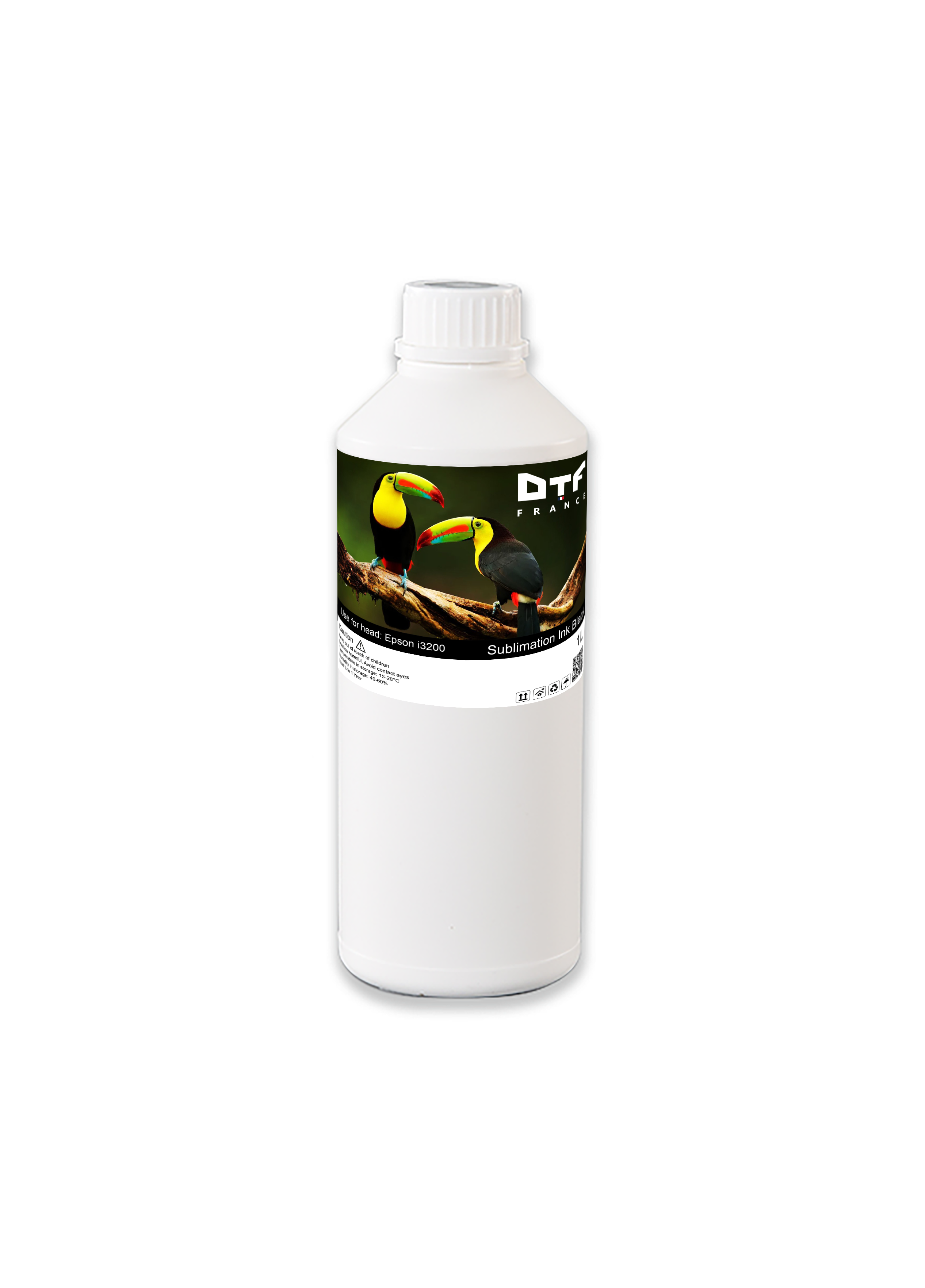

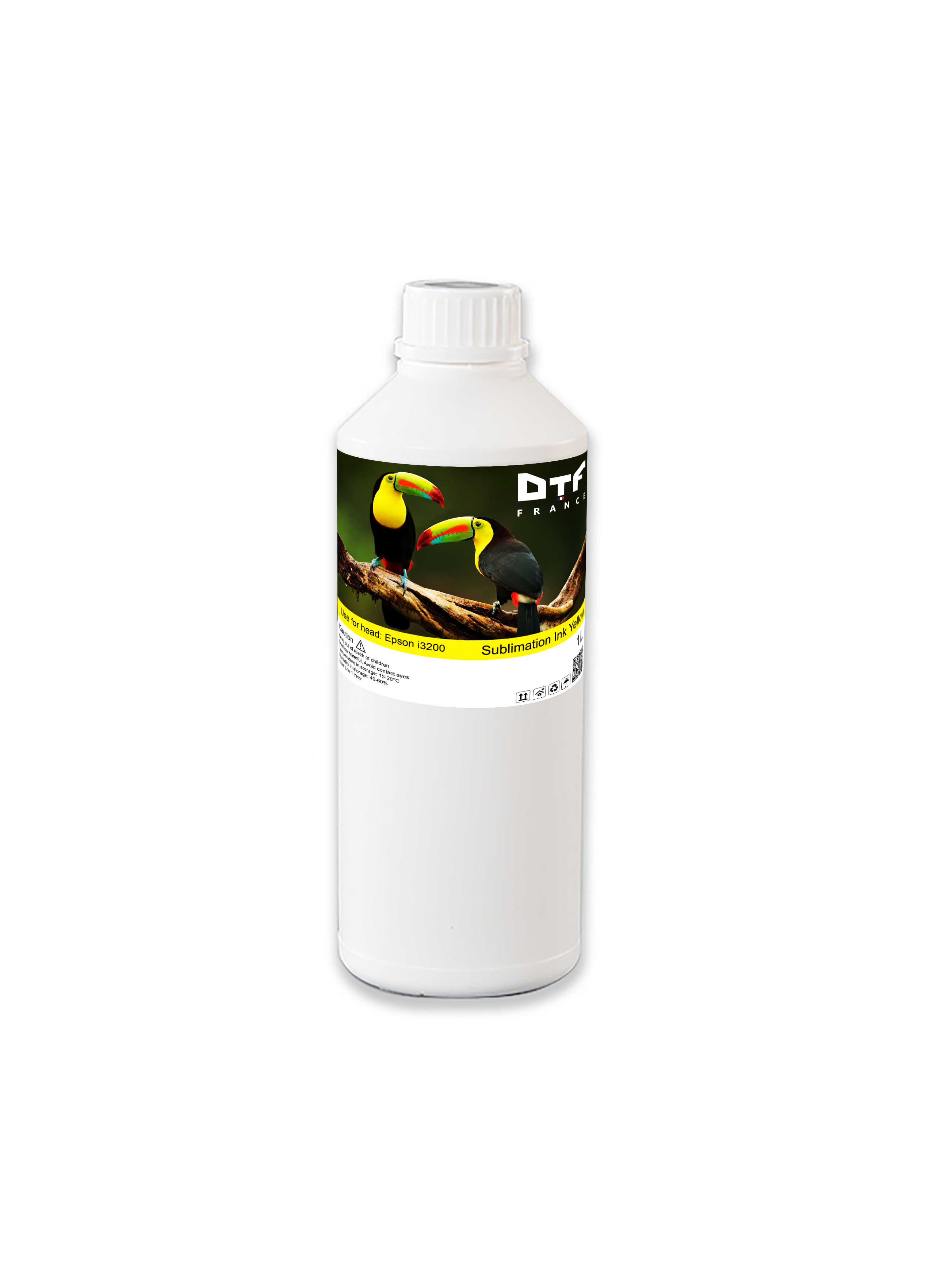

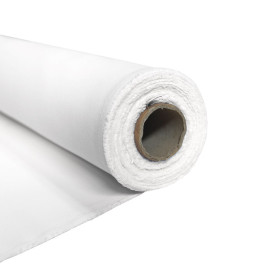
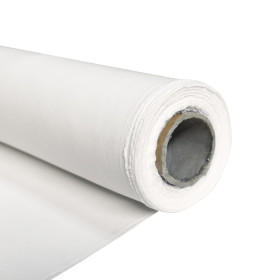
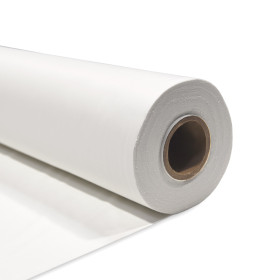
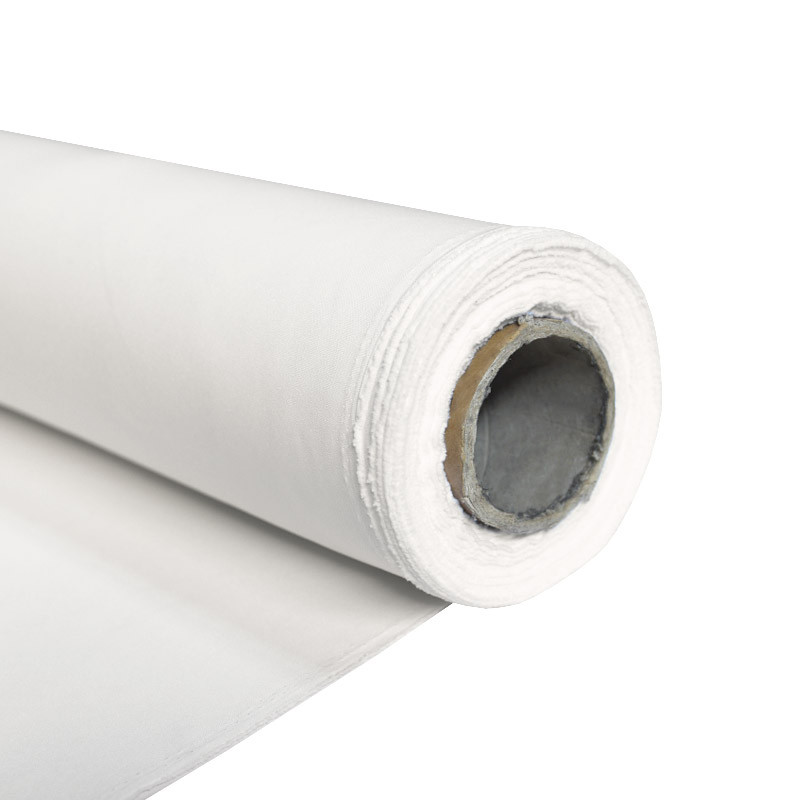
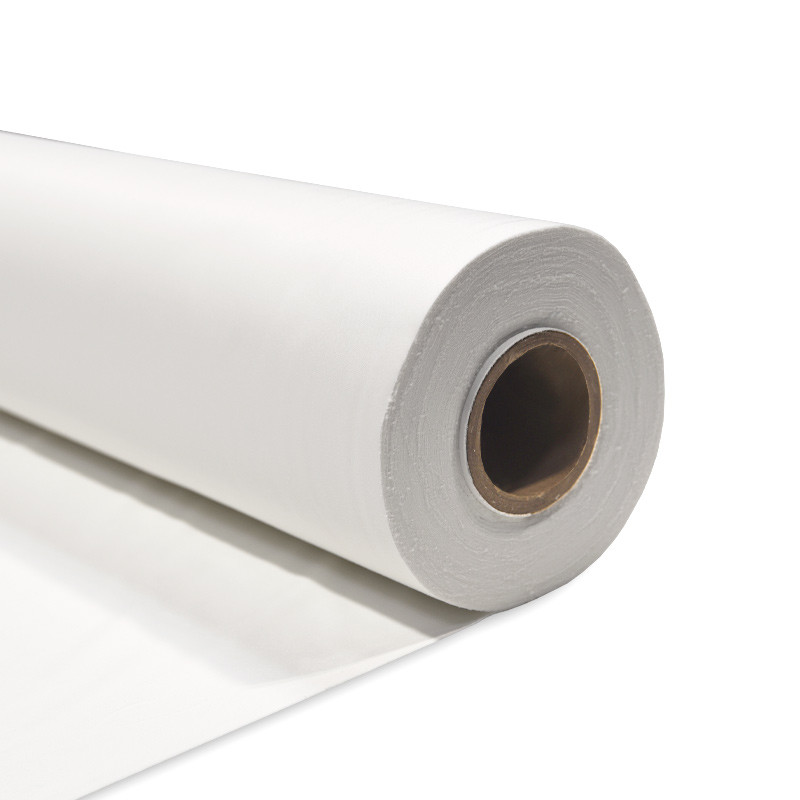
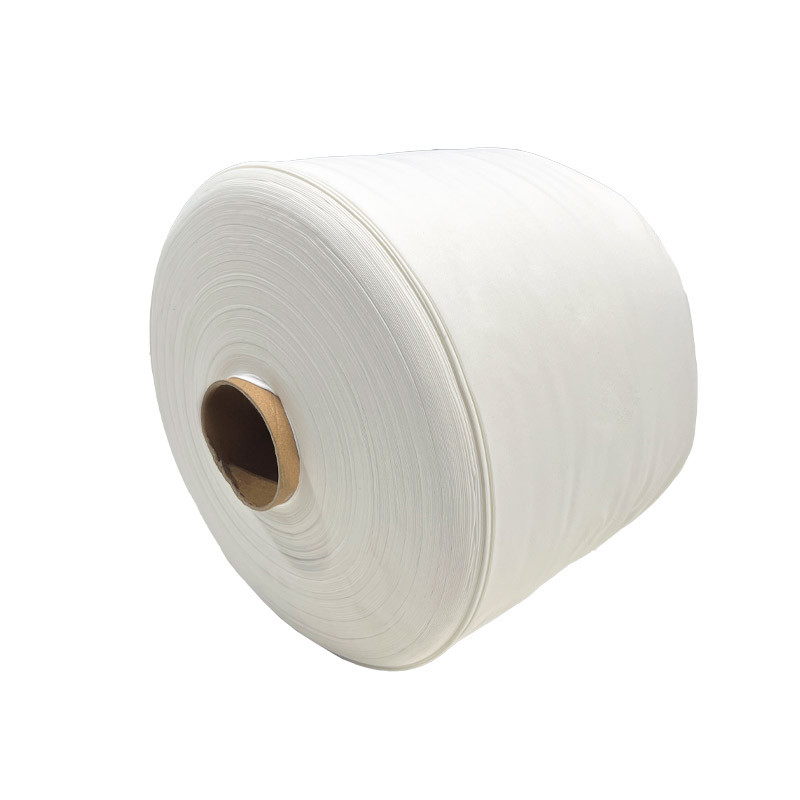
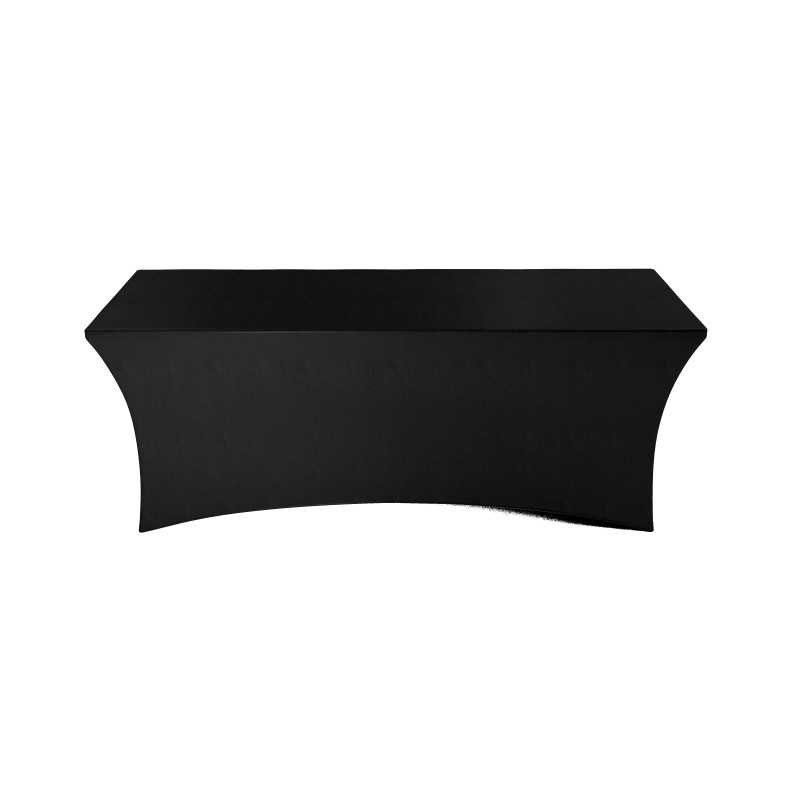
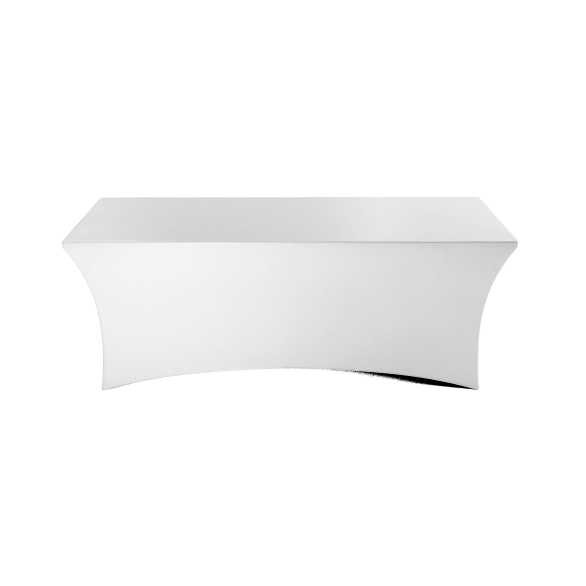


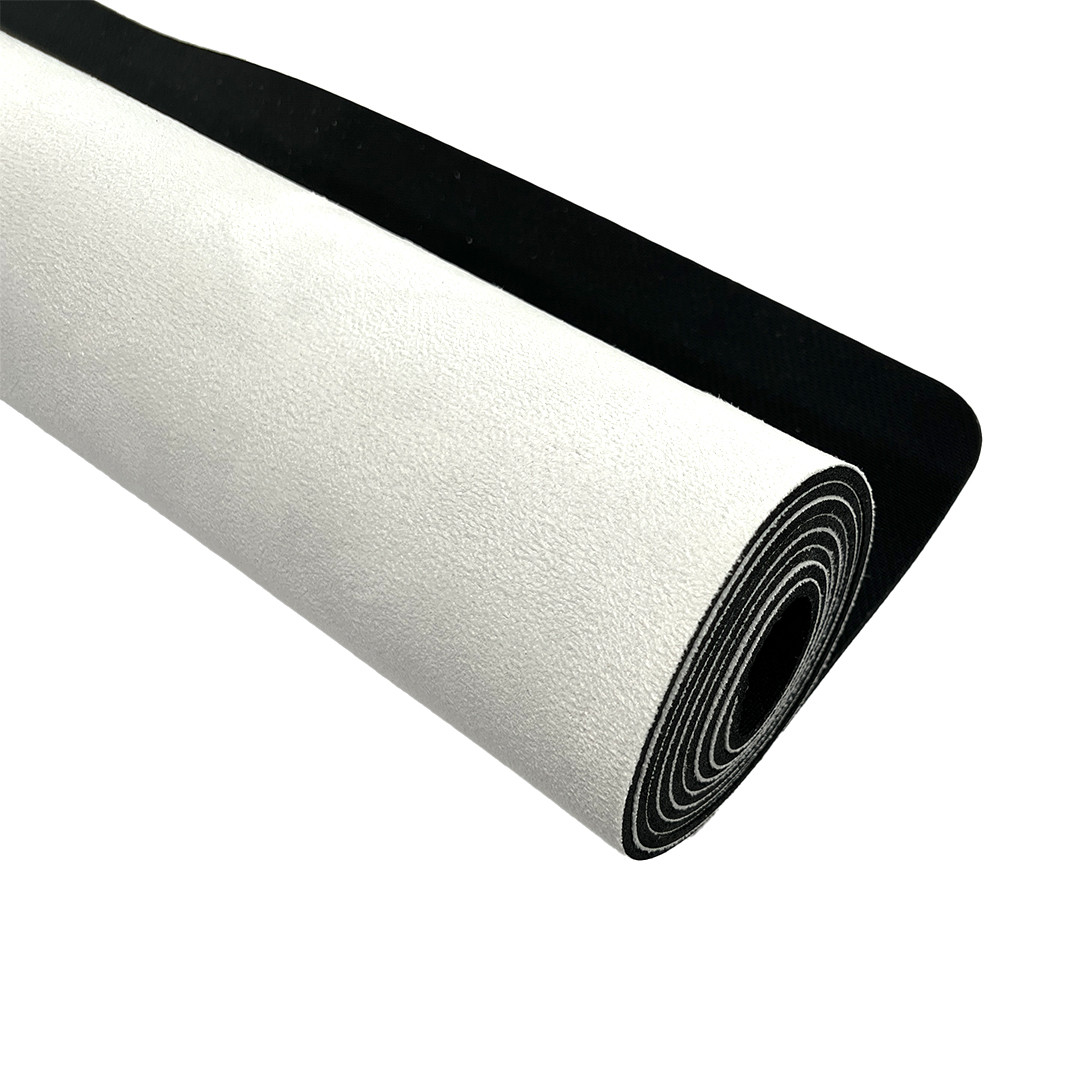

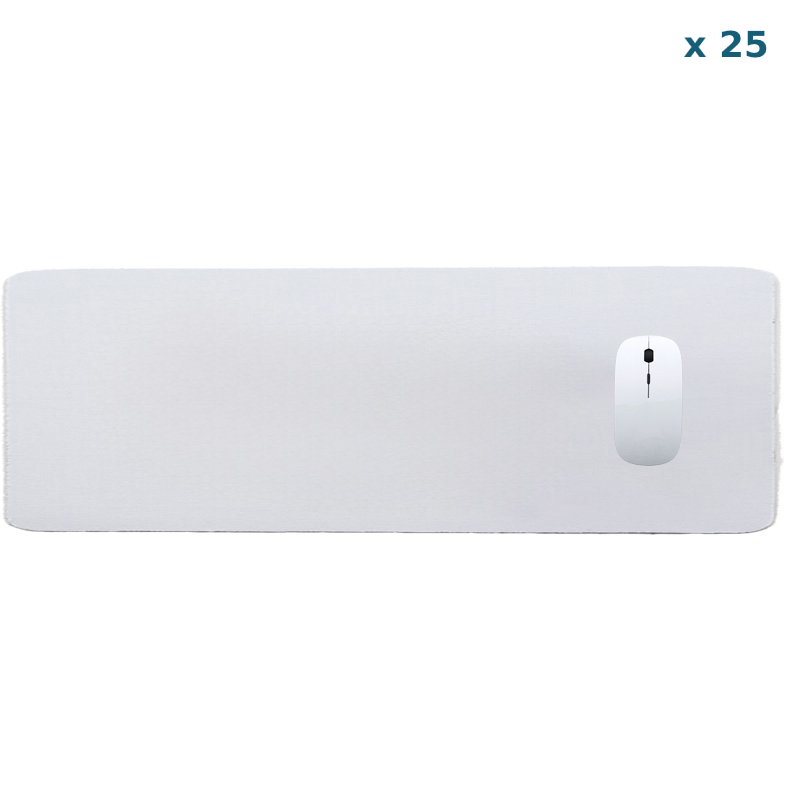
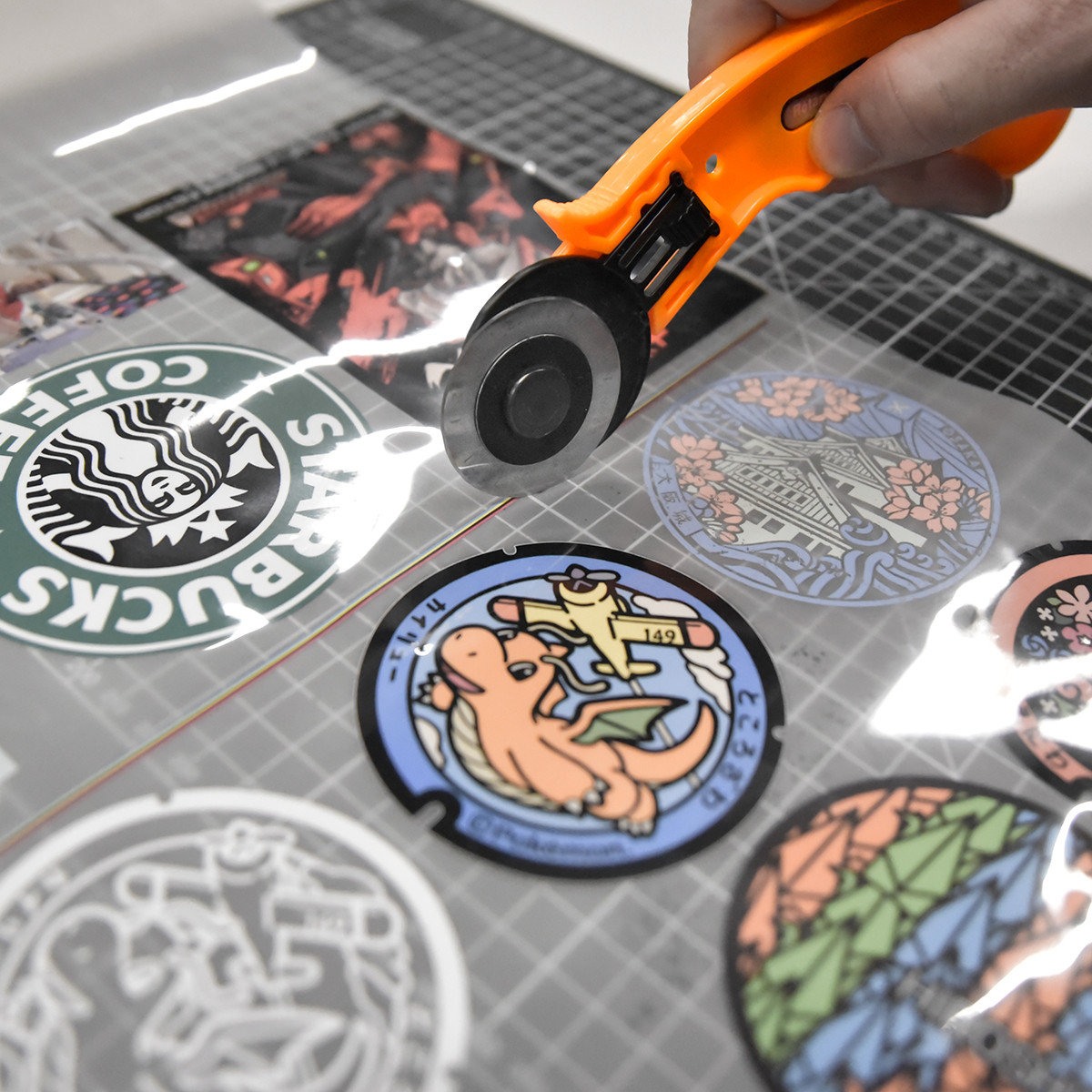
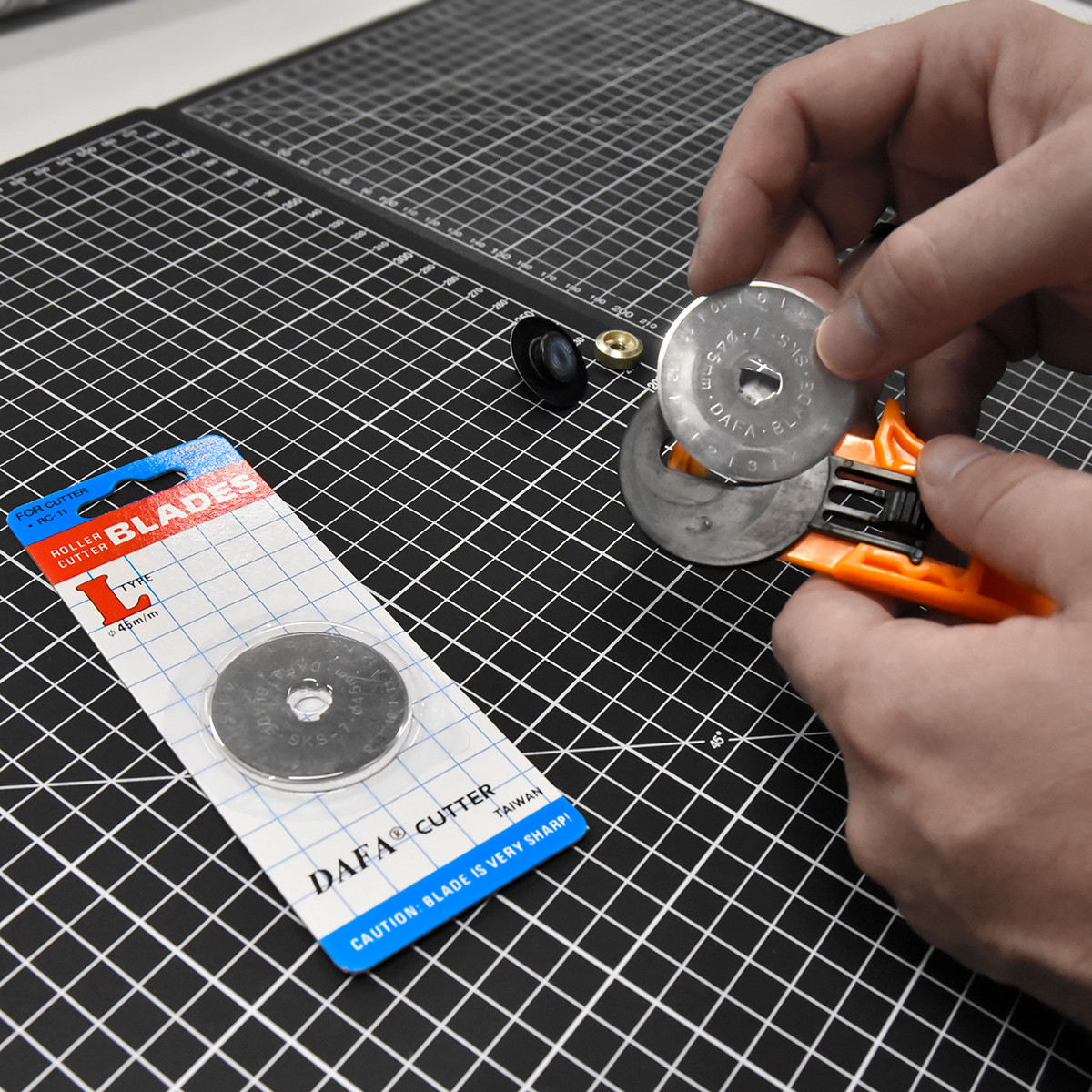
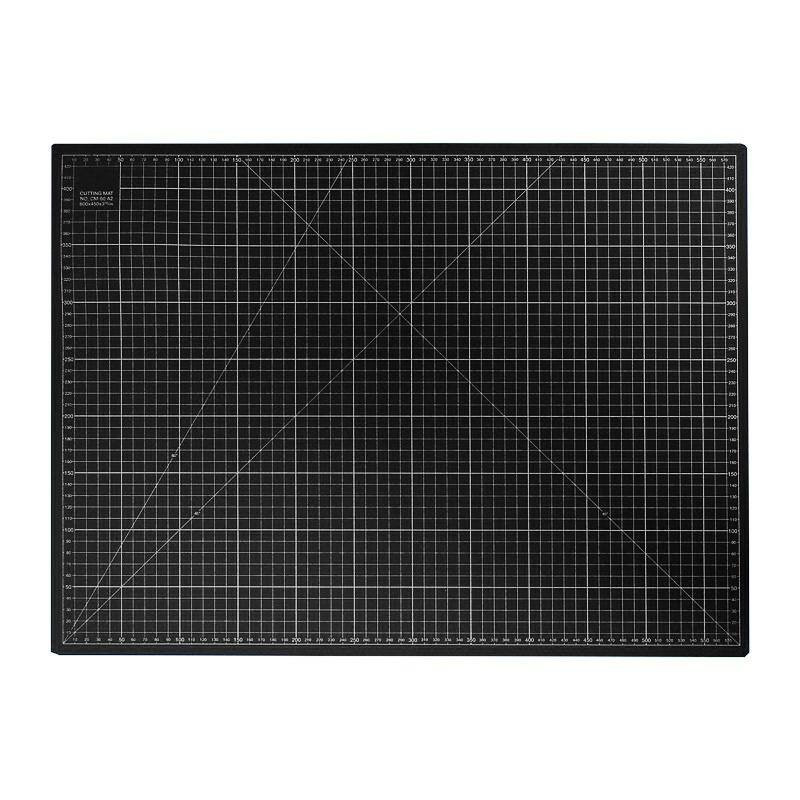


0 commentaires